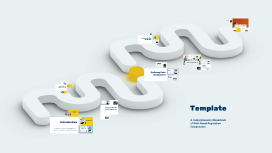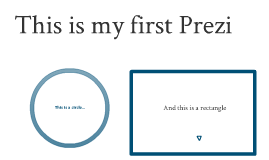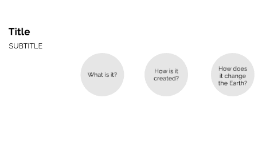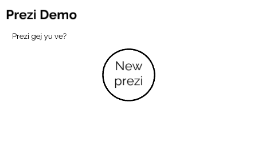Family Feud Game Template
Transcript: Zoom out for more assets Asset library Maintaining Fair Play Fair play ensures a level playing field and a more enjoyable experience. Consistently apply rules and encourage honesty among participants, creating an environment of trust and sportsmanship throughout the game. Handling Disagreements Disagreements may arise during gameplay; it is crucial to address them calmly and respectfully. Establish clear rules beforehand, and designate the host as the final decision-maker to maintain a positive atmosphere. Tips for Success Effective engagement and fair play are essential for a successful Family Feud game, ensuring participants enjoy the experience and contribute to a fun atmosphere. Engaging the Audience Encouraging audience participation enhances energy and excitement. Utilize trivia questions, prompts, and physical cues to keep the audience involved and attentive throughout the game, making them feel integral to the event. Custom Rules Tips for Creating Questions Customizing rules in Family Feud caters to specific audiences or unique scenarios. For instance, players can introduce a rule where only certain types of answers earn points, or establish bonus rounds for obscure or creative responses. Such alterations foster engagement and encourage strategic thinking. When crafting questions, ensure they are relatable and open-ended. Aim for diversity in answers, and use everyday scenarios. Additionally, testing questions with a small group can ensure their suitability and engagement level. Scoring System Time Limit Adaptations Points are awarded based on the number of survey respondents who provided each answer. The team with the highest total points after all rounds wins the game. Understanding the scoring system helps teams strategize and prioritize answering more popular survey responses. Winning Conditions Team Formation Audience Participation Implementing time limits for answering questions can intensify the excitement of Family Feud. Standard settings might include 5-10 seconds per answer, challenging participants to think quickly while promoting swift decision-making. Adjusting these limits can accommodate different age groups or larger crowds. Variations of the Game Players should be divided into two teams with balanced skill levels. Each team can consist of four to five members to foster collaboration and strategic thinking, aiming for a competitive yet friendly atmosphere. The audience plays a key role by supporting teams and offering cheers or advice. Their engagement brings excitement to the game, as they react to answers, contributing to a lively atmosphere. To win Family Feud, a team must accumulate the highest points across all rounds, particularly excelling in the final round. The focus during gameplay should be on both speed and accuracy in providing answers that match survey results. Game Rules Overview Family Feud can be customized to enhance engagement and adapt to different contexts, featuring theme-based versions, specific time limits, and modified rules. These variations keep the game exciting and inclusive for all participants, making it versatile for family gatherings or large events. Player Roles The game involves taking turns answering questions with teams striking a balance between speed and accuracy. Key rules include making sure only one player answers at a time, and scoring based on popular responses. Familiarity with rules enhances fair play and enjoyment. Round Structure Categories of Questions Starting the Game Questions and Answers Begin by gathering at least two teams of players and appointing a host to facilitate the game. Explain the rules and objectives clearly to all participants, ensuring everyone understands how to play and what to expect during the game. Theme-Based Versions Players represent their teams, providing answers to host questions based on popular survey responses. Effective communication and teamwork are crucial for success, as players strategize to maximize points. Typical categories for Family Feud questions may include: Food, Entertainment, Family Activities, and Common Household Items. Categorizing questions allows players to strategize and anticipate answers, enhancing gameplay dynamics. Playing the Game Materials Required Family Feud consists of various rounds where teams compete to answer survey questions. Each round begins with a face-off, followed by multiple rounds of answers until a set total is reached, usually leading into the final round where the top scorer has a chance to win the game. Crafting effective questions is crucial for an engaging Family Feud game. Well-structured questions can enhance participant interaction and enjoyment, making the game memorable and fun. Incorporating themes into Family Feud can elevate the fun. Themes such as holidays, movies, or hobbies allow questions and answers to align closely with participants' interests, making each game feel fresh and relevant. This approach encourages creativity and sparks lively

















